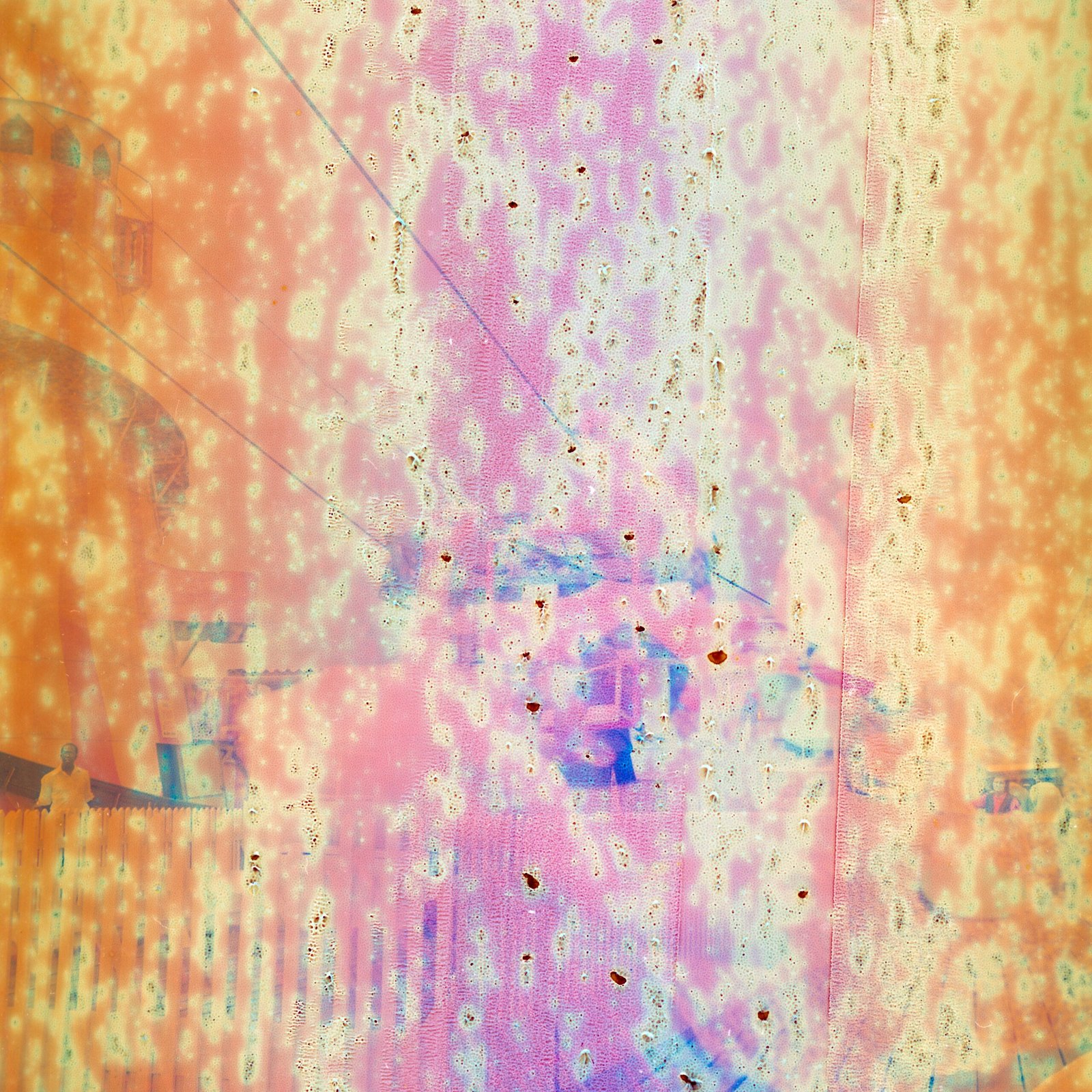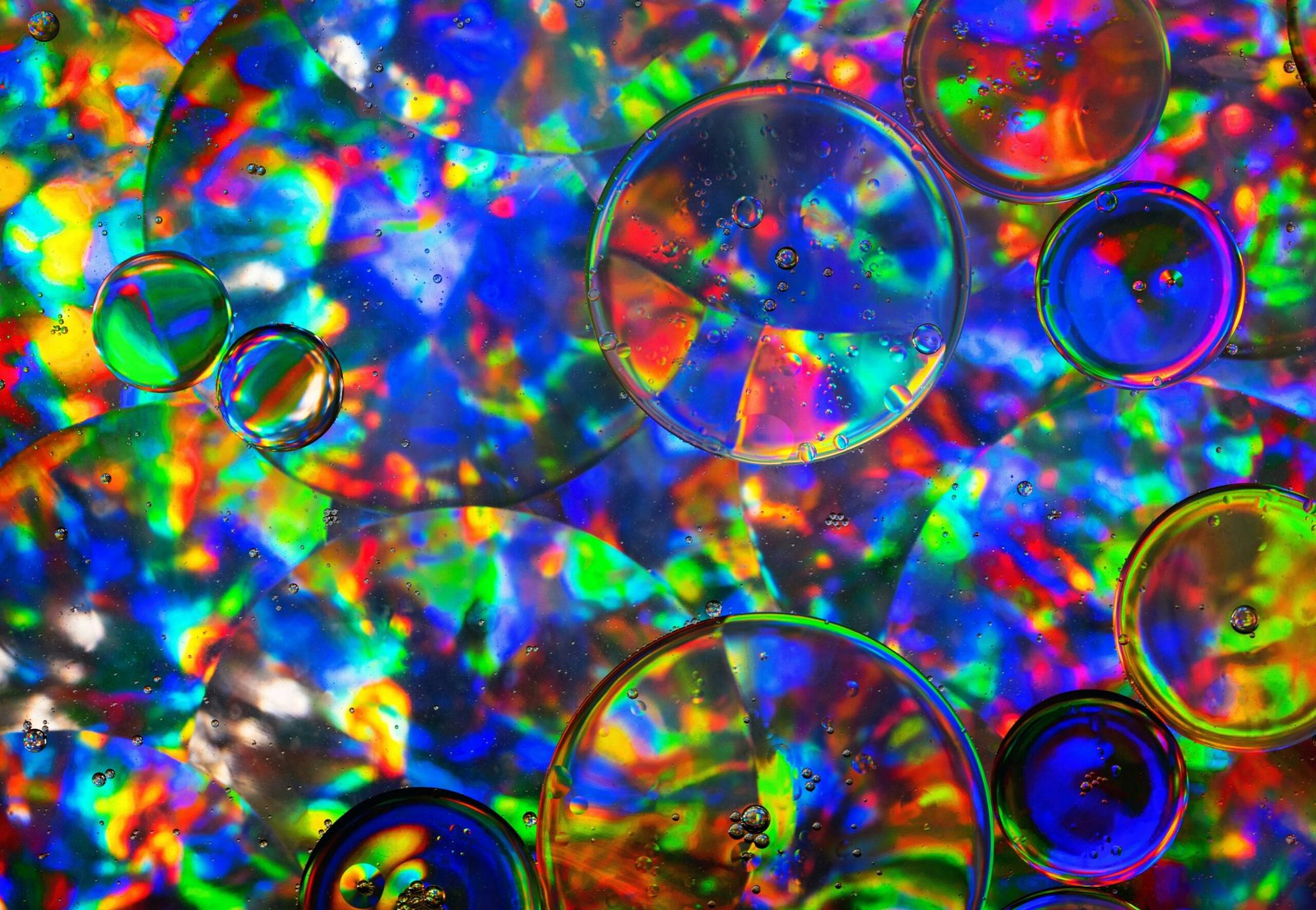Welcome to the article “Can You Massage Uric Acid Crystals Away?” Here, we will explore the possibility of using massage as a method to alleviate the discomfort caused by uric acid crystals. By understanding the nature of these crystals and the benefits of massage therapy, you may discover a new way to manage the symptoms of conditions like gout. Let's delve into the details and see if massaging away those uric acid crystals is within reach. Can You Massage Uric Acid Crystals Away?
Have you ever experienced the excruciating pain of a gout flare-up? If so, you may be wondering if there are any natural remedies or techniques that can help alleviate the symptoms. One popular suggestion is to massage the affected area to help break down and eliminate the uric acid crystals that cause the pain. But does this actually work? In this article, we will explore the connection between massage and gout, and whether or not it can help in managing uric acid crystals in the body.

Understanding Uric Acid Crystals
Let's start by understanding what uric acid crystals are and how they relate to gout. When there is an excess of uric acid in the bloodstream, it can accumulate and form crystals in the joints, typically in the big toe or other joints like the ankles, knees, or wrists. These crystals can cause extreme pain, inflammation, and swelling, which are the hallmark symptoms of gout.
Understanding the formation of uric acid crystals is crucial in managing gout and preventing future flare-ups. The crystals can build up over time and become more prone to causing pain and discomfort. By targeting these crystals, you can potentially reduce the severity and frequency of gout attacks.
The Role of Massage
So, how does massage come into play when it comes to managing uric acid crystals? The idea behind massaging the affected area is to stimulate blood flow and lymphatic drainage, which can help break down the crystals and promote their elimination from the body. The gentle pressure and movements of massage can also help reduce inflammation, improve joint mobility, and relieve pain associated with gout flare-ups.
Massage can be done using various techniques, such as effleurage (gentle stroking), petrissage (kneading), or friction massage to target specific areas affected by gout. It is important to consult with a trained massage therapist or healthcare provider before attempting self-massage, especially if you have underlying health conditions or concerns.
Benefits of Massage for Gout
Massage therapy has been used for centuries to help alleviate pain and promote healing in various conditions, including gout. Here are some potential benefits of incorporating massage into your gout management plan:
- Pain Relief: Massage can help reduce pain by stimulating the release of endorphins, the body's natural painkillers, and improving circulation to the affected area.
- Inflammation Reduction: Massaging the joints affected by gout can help reduce inflammation and swelling by flushing out toxins and waste products from the tissues.
- Improved Range of Motion: Regular massage can improve joint flexibility and mobility, making it easier to move and perform daily activities without discomfort.
- Stress Reduction: Gout flare-ups can be stressful and impact your overall well-being. Massage therapy can help lower stress levels and promote relaxation, which may help prevent future episodes.
Tips for Safe and Effective Massage
When considering massage as part of your gout management plan, it is essential to keep the following tips in mind to ensure a safe and effective experience:
- Consult with a healthcare provider: Before starting any new treatment, including massage therapy, it is crucial to consult with your doctor or a qualified healthcare provider to discuss your symptoms and determine if massage is a suitable option for you.
- Find a skilled therapist: Look for a licensed massage therapist with experience in treating musculoskeletal conditions like gout. They can tailor the massage techniques to your specific needs and ensure a safe and beneficial session.
- Communicate openly: Be sure to communicate your gout symptoms, pain levels, and any concerns with your massage therapist before and during the session. This will help them customize the treatment to address your individual needs and preferences.
- Follow post-massage care: After the massage, drink plenty of water to flush out toxins released during the session and avoid strenuous activities to allow your body to rest and recover. Apply ice or heat to the treated area as needed for pain relief and inflammation reduction.
- Monitor your symptoms: Keep track of your gout symptoms before and after massage therapy to evaluate its effectiveness in managing pain, inflammation, and overall well-being. Adjust your treatment plan as needed based on your progress and feedback.

Other Natural Remedies for Gout
In addition to massage therapy, there are various natural remedies and lifestyle changes that can help manage gout and reduce the risk of future flare-ups. Here are some effective strategies to consider incorporating into your gout management plan:
- Hydration: Drink plenty of water throughout the day to help flush out uric acid from the body and prevent crystal formation in the joints.
- Healthy Diet: Follow a balanced diet rich in fruits, vegetables, whole grains, and lean proteins, while limiting purine-rich foods like red meat, shellfish, and alcohol, which can trigger gout attacks.
- Weight Management: Maintain a healthy weight through regular exercise and a balanced diet to reduce the strain on your joints and lower the risk of gout flare-ups.
- Medication: Consult with your doctor about prescription medications like NSAIDs, corticosteroids, or xanthine oxidase inhibitors to manage pain, inflammation, and uric acid levels in the body.
- Rest and Relaxation: Prioritize regular rest, relaxation, and stress management techniques like yoga, meditation, or deep breathing exercises to reduce gout triggers and promote overall well-being.
Combining Therapies for Optimal Results
While massage therapy can be a beneficial addition to your gout management plan, it is essential to combine it with other proven strategies for optimal results. By incorporating multiple therapies and lifestyle changes tailored to your individual needs, you can effectively manage gout symptoms, prevent flare-ups, and improve your quality of life.
Remember, everyone's experience with gout is unique, so what works for one person may not work for another. It's essential to consult with your healthcare provider or a qualified professional to develop a comprehensive treatment plan that addresses your specific needs and goals for managing gout effectively.
In conclusion, while massage therapy may help alleviate pain and inflammation associated with gout, it is not a cure-all solution for eliminating uric acid crystals from the body. By combining massage with other natural remedies, lifestyle changes, and medications as needed, you can better manage gout symptoms and improve your overall well-being. Stay informed, proactive, and committed to your gout management plan to achieve long-term success and reduce the impact of this painful condition on your life.
